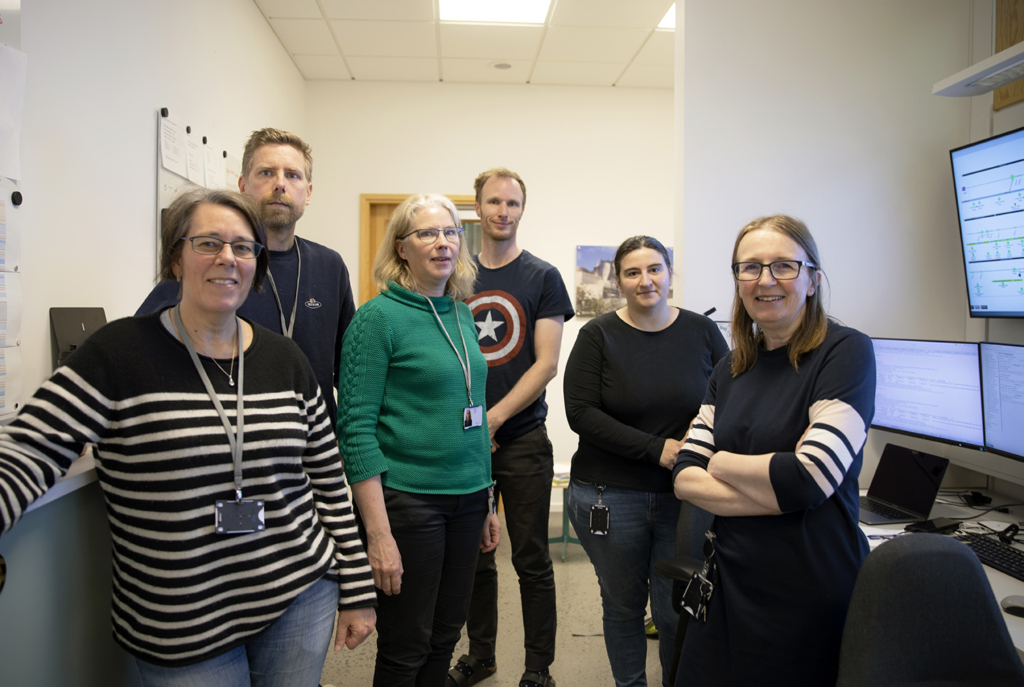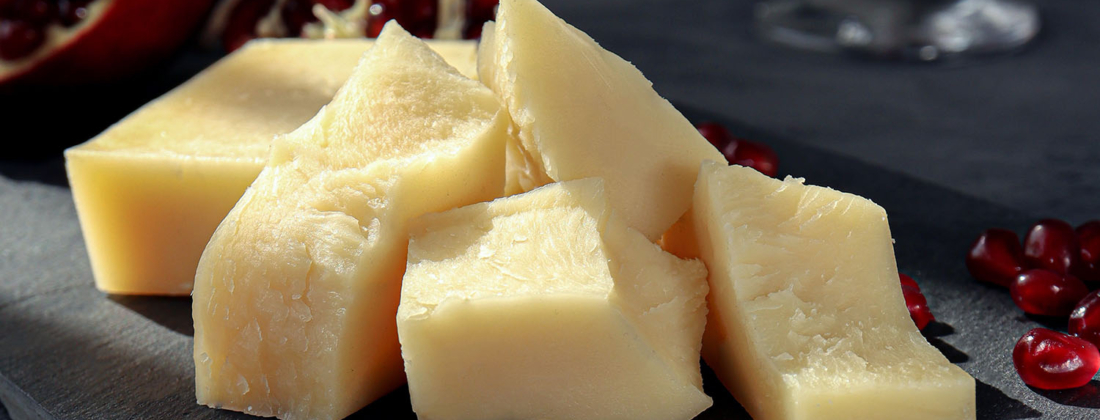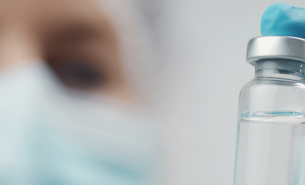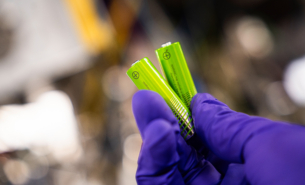The quest for tastier, more sustainable vegan cheese has led Swedish food company Cassius AB to take a closer look at cheese protein structures. Using synchrotron X-rays at MAX IV, Cassius are searching for the perfect scientific recipe for plant-based cheese.
When regular cheese is produced, the milk proteins react with rennet and form a cheese curd. These specific proteins, formed in a certain structure, are unique to mammalian milk, which makes them difficult to mimic.
Cassius AB:s research project focuses on getting a deeper understanding of how the proteins in regular cheese form structures spontaneously. It also investigates whether this could happen with mammalian milk proteins produced by genetically engineered microorganisms, in a process called precision fermentation.
Since mimicking all proteins in regular cheese is not necessary, Cassius is concentrating on two of the protein types that play a key role in how cheese coagulates.
Cheese gel balls as protein samples
Johan Krakau, founder of Cassius and brands like GoVego, has teamed up with researchers from RISE within the NextBioForm center to perform the experiment at the MAX IV CoSAXS beamline.
Using Small-Angle X-ray Scattering techniques (SAXS), the research team studies different types of protein samples in the form of micelles – spherical protein aggregations that resemble gel balls – and how different conditions affect their shape and size. For example, when mixed with different amounts of salt, or when the pH value is changed. The team also investigates if these proteins coagulate into a curd structure in the same way that mammalian milk proteins do.

Developing more sustainable food alternatives
The purpose of the experiment is not only to improve the taste, feel, and texture of the cheese product. To Johan Krakau, the mission is also about sustainability, and making it easier for people to choose a more plant-based diet.
Vegan food, he says, generally results in less greenhouse gas emissions.
“Cows’ digestion create large amounts of methane, which is a very potent greenhouse gas. This technology allows us to mimic regular cheese very closely while decoupling the production from cows. Also, the substrate that the microorganisms feed on in our fermentation process can be sourced from cellulosic waste streams from agriculture and forest industries. By using plant-based products, we contribute to a sustainable environment.”
The research project is financially supported by the Swedish innovation agency, Vinnova.
Interested in doing industrial research at MAX IV? Feel free to contact our Industrial Relations Office. In the meantime, be inspired by what other industrial users have researched by having a look at our cases.




